Richard Barbieri: “I didn’t have any technical ability, and I didn’t have any music theory knowledge”
Japan’s innovative guru has mixed classic synths, real instrument samples and expressive pedals on his new lockdown-recorded album
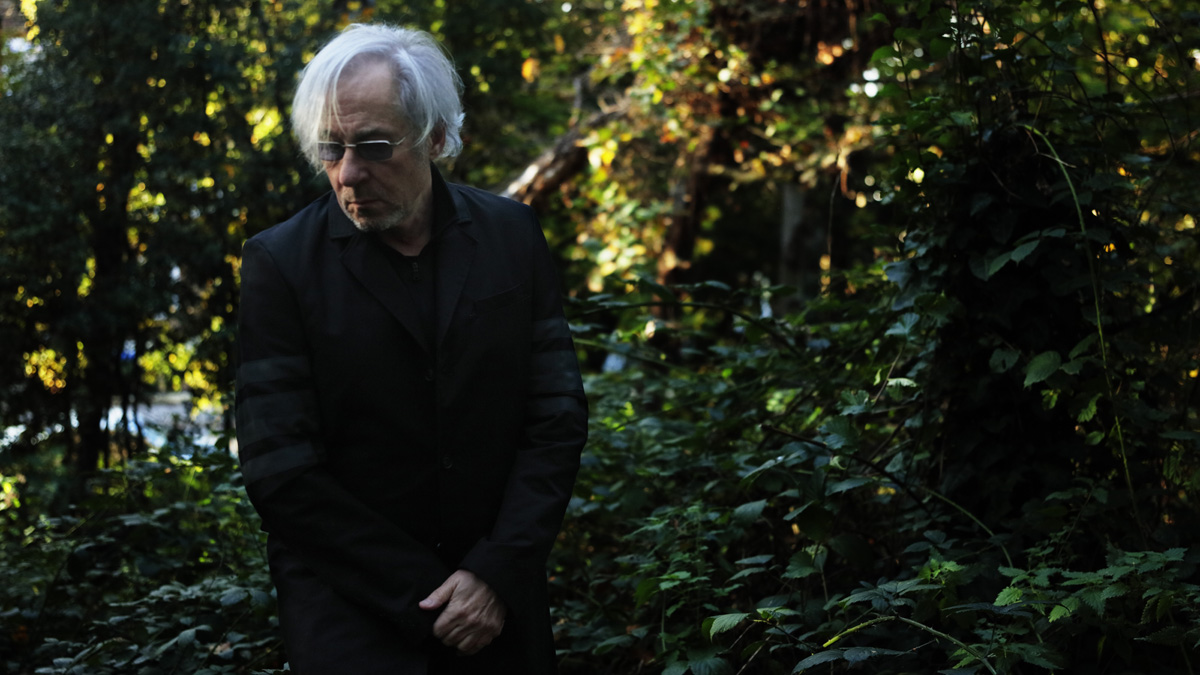
At the vanguard of synth-pop in the late ‘70s and early ‘80s, Japan’s Richard Barbieri was ahead of the curve in eyeing up the stratospheric potential of synthesizers.
Alongside his fellow immaculately coiffed compatriots David Sylvian, Steve Jansen, Rob Dean and Mick Karn, Barbieri masterminded several of the band’s decisive, and influential, masterstrokes.
“I didn’t have any technical ability, and I didn’t have any musical theory knowledge,” Barbieri tells us. “Until I got a synthesizer and then the controls became more important to me than the keys. I actually started to forget about the keys and just explored sounds using the controls. I found a way to do something that sounded different and that a standard keyboard player just wouldn’t go and play. That for me was the breakthrough - it meant my contributions to Japan were much bigger.”
Barbieri’s work since the heady days of Japan has been myriad and fruitful, from dalliances with ex-Japan band members in The Dolphin Brothers and Rain Tree Crow to being absorbed into the fold of prog eclecticists Porcupine Tree as a full-time member.
Alongside this, an ongoing series of solo records has given Richard an avenue to outlet his experimental spirit.
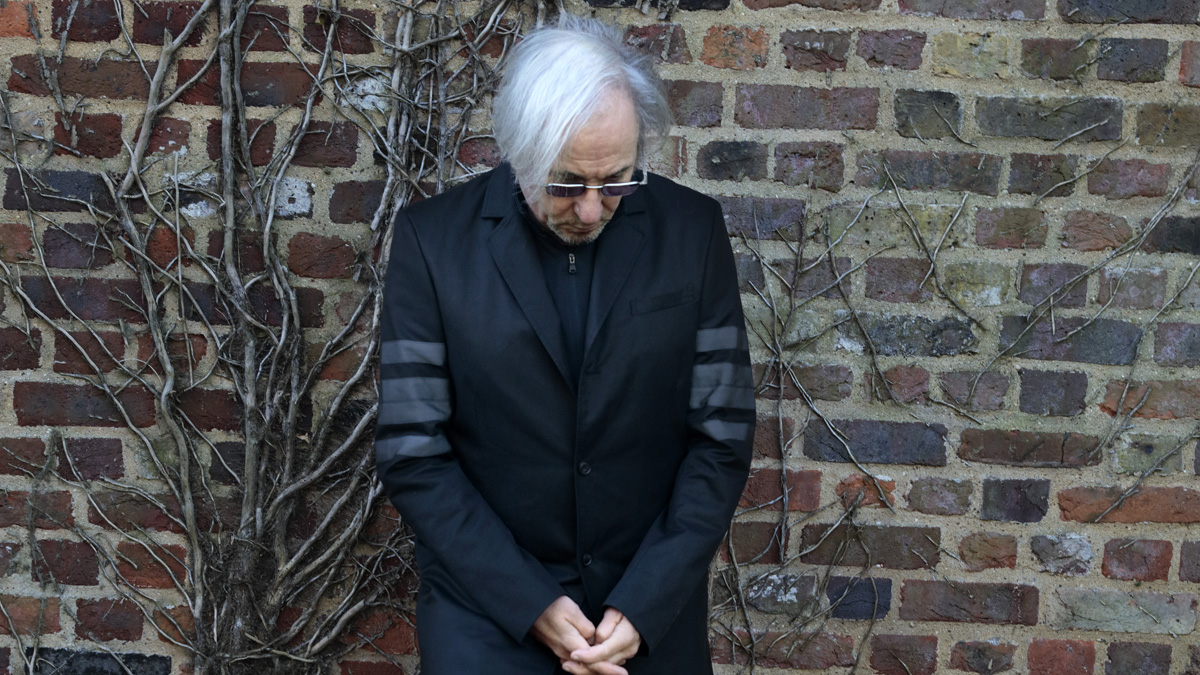
His latest album, Under a Spell, was recorded throughout 2020’s momentum-halting lockdown. Working in his home studio, Barbieri sought to document the eerie, dream-like atmosphere he encountered outside.
“Well, originally I’d planned to travel all over Europe and work in loads of studios with many different people. But, as lockdown took hold, it looked like there was going to be no travel or movement across borders. The choice was - do I make music or don’t I? I just felt I wanted to capture the moment and get a lot of work done.”
Want all the hottest music and gear news, reviews, deals, features and more, direct to your inbox? Sign up here.
Barbieri’s approach to this record was largely an about turn from his original collaborative plan, though a variety of instrumental flavours still permeate Under a Spell. “I still used people’s performances that I’d previously recorded from early sessions but I sampled and re-incorporated them in a different way to how they might have been originally intended. So there is still a broad crew of instrumentalists on this record.”
I found a way to do something that sounded different and that a standard keyboard player just wouldn’t go and play. That for me was the breakthrough.
Richard also managed to capture some other musicians at a distance. “I worked remotely with Welsh bassist Percy Jones [who provides the jazzy, Badalamenti-recalling bass], while vibraphone was provided by the great player Klas Assarsson whose performance added to the unease of the first track. I added more vibraphone throughout the album, though that’s often just me playing a Reason virtual instrument.”
Central to the record’s ominous mood are Barbieri’s diverse synth textures, conjured from an impressive arsenal of semi-modular and classic polyphonic beasts.
“Well I always go to my old favourites, which are the towering Roland System 700 modular and the Prophet-5. I always tend to distort the Prophet up. It responds to it really well. I’ve got a Line 6 M8 on the floor, and you can have three different effects in parallel. It’s the ultimate go-to for lead sounds, growly sounds and guitar-type sonics. Like on the track Darkness Will Find You.
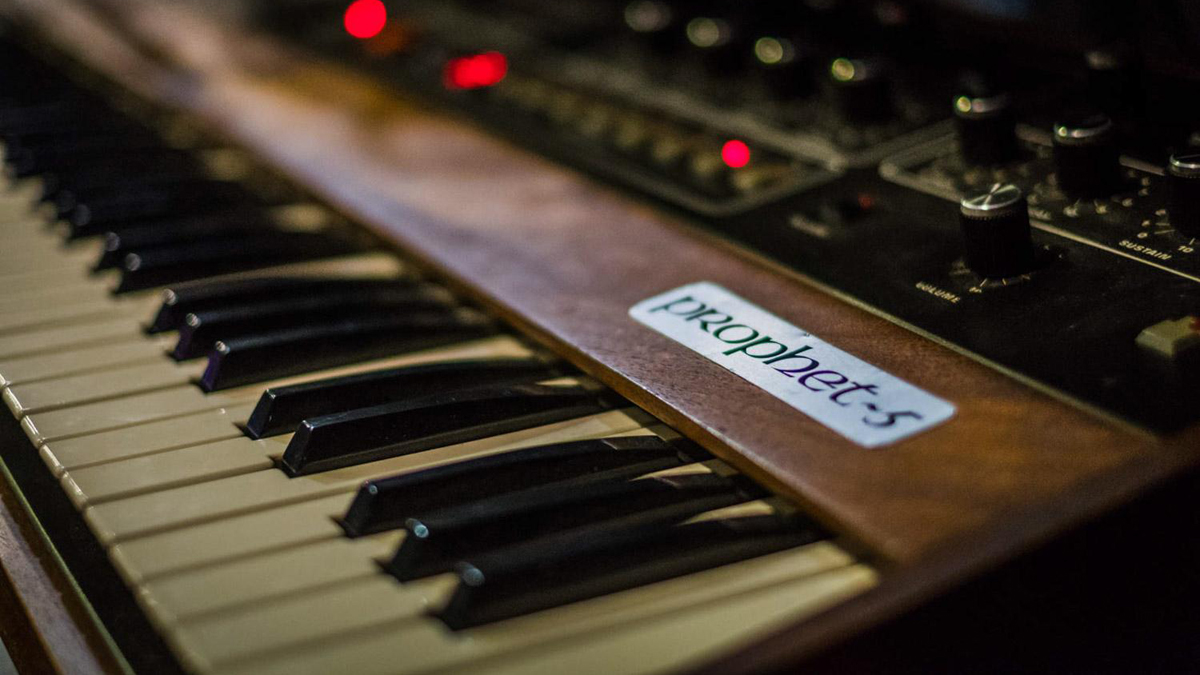
“I’ve always used the Micromoog, too - it’s a great mono synth. I actually prefer it to the Minimoog. There’s some programming possibilities on that that are just more interesting”
Richard also incorporated the more boutique end of the market: “There’s a company called Dreadbox who I love, they’ve got some really cool stuff. I’ve got the Medusa here which was a collab with Polyend. It can make some really chilling, emotive sounds.
“What’s also great about it is that you can assign each of the 64 pads, and every single control on the synth can be assigned differently for each pad. If you start sequencing you can make some really colourful sounds, which I did on the album to make some of the lighter, arpeggiated stuff.”
Barbieri’s arsenal reflects his creative objectives: “I like synths that provide more abstract and organic sounds,” he tells us. “I’ll typically start with a setup that has three or four things going, and somewhere in that a melody may present itself, maybe only once in the cycle but I know that it’s going to be integral.
“It’s a case of trying to work as unconsciously as you can, really - by setting things in motion and making the decisions. It’s still you, but you’re working with this random element, and allowing these sounds morph and find themselves. If I just go to a keyboard I’m going to immediately bore myself because it’s just me. I know what I’m going to do key-wise before I’ve done it.”
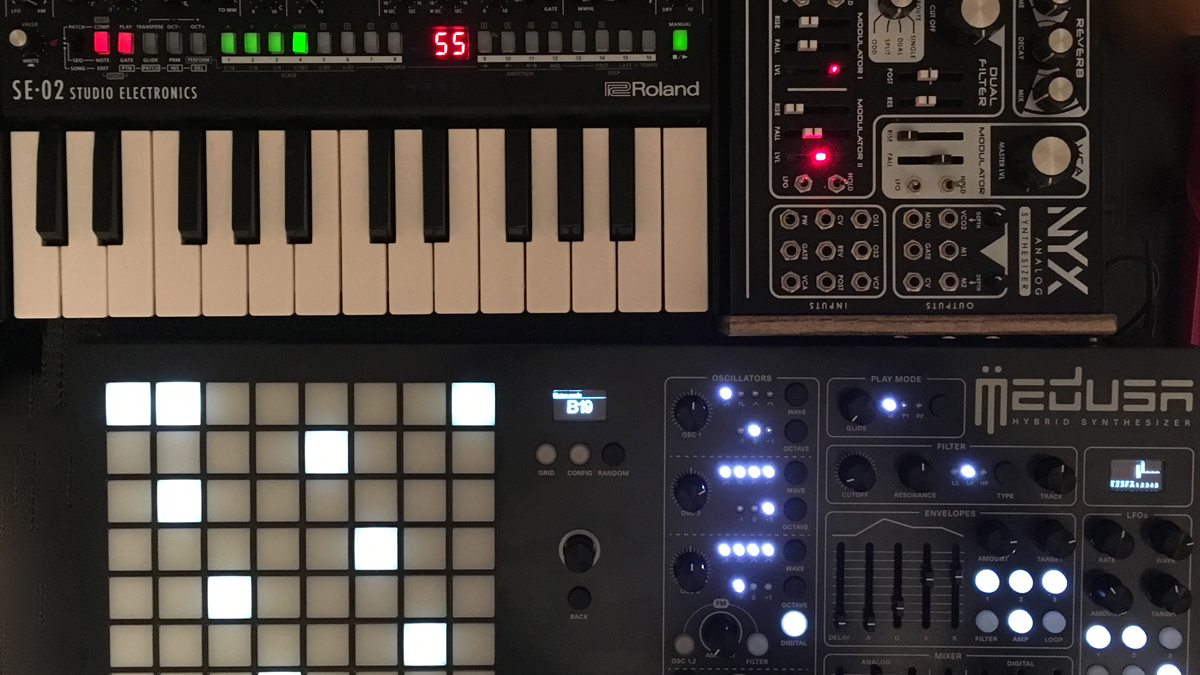
Though the desolate nature of lockdown provided a thematic and atmospheric starting point for the album’s aural landscapes, Richard also sought to use his new tracks as a way of interpreting his dreams.
“About two thirds of the record is based around the very bizarre dreams I was having,” he reflects. “But with what was going on, life itself suddenly felt quite dream-like. It seeped into the music. I wanted to get in those ideas of consciousness and unconsciousness and the blurring between the two.”
This unnerving sense of menace largely dominates Under A Spell, though the longer, more brooding, pieces are bridged by smaller, generally brighter, transitional tracks, which often arose from swift experimentation.
“I set up these random, unexpected accidents and let the songs find me. The Roland SE-02 is great for getting some really nice sequences up and running really quickly. Quite spacey stuff. The Dreadbox Nyx is also very good at running really mesmerising sequences. The shorter tracks feel a bit like after-echoes of the longer ones, though they help with the journeying concept.”
Beyond synths, Barbieri concocts sonics using an assortment of pedals and loopers, including Stymon’s renowned BigSky reverb and the Cathedral reverb from Electro Harmonix.
“Some of the pedals I’ve been using are almost like instruments in themselves,” Barbieri points out. “I used the Red Panda Tensor Looper quite a bit to build up sounds. You can shift the time and the pitch of your loops and it’s also got a sort of tape thing going on where you can move the speed of the tape, and create these quite glitchy effects. You can reverse and freeze things. Loads of interesting ideas come out of that.
“I also used a Roland/BOSS RC-505 looper. It has like three hours of sampling time. You can run everything in parallel or in sequence or randomly. It’s got six stereo inputs so you can do some amazingly creative stuff with that.”
With this diverse sonic arsenal, we wonder if there’s anything left on Barbieri’s wishlist? “Really, I’ve got enough here that I just feel I can do what I want. I’ve got quite a minimal setup to be honest. You see some people’s studios and it’s just wall-to-wall modular synths. I’ve always found that the more options you have the less work gets done.
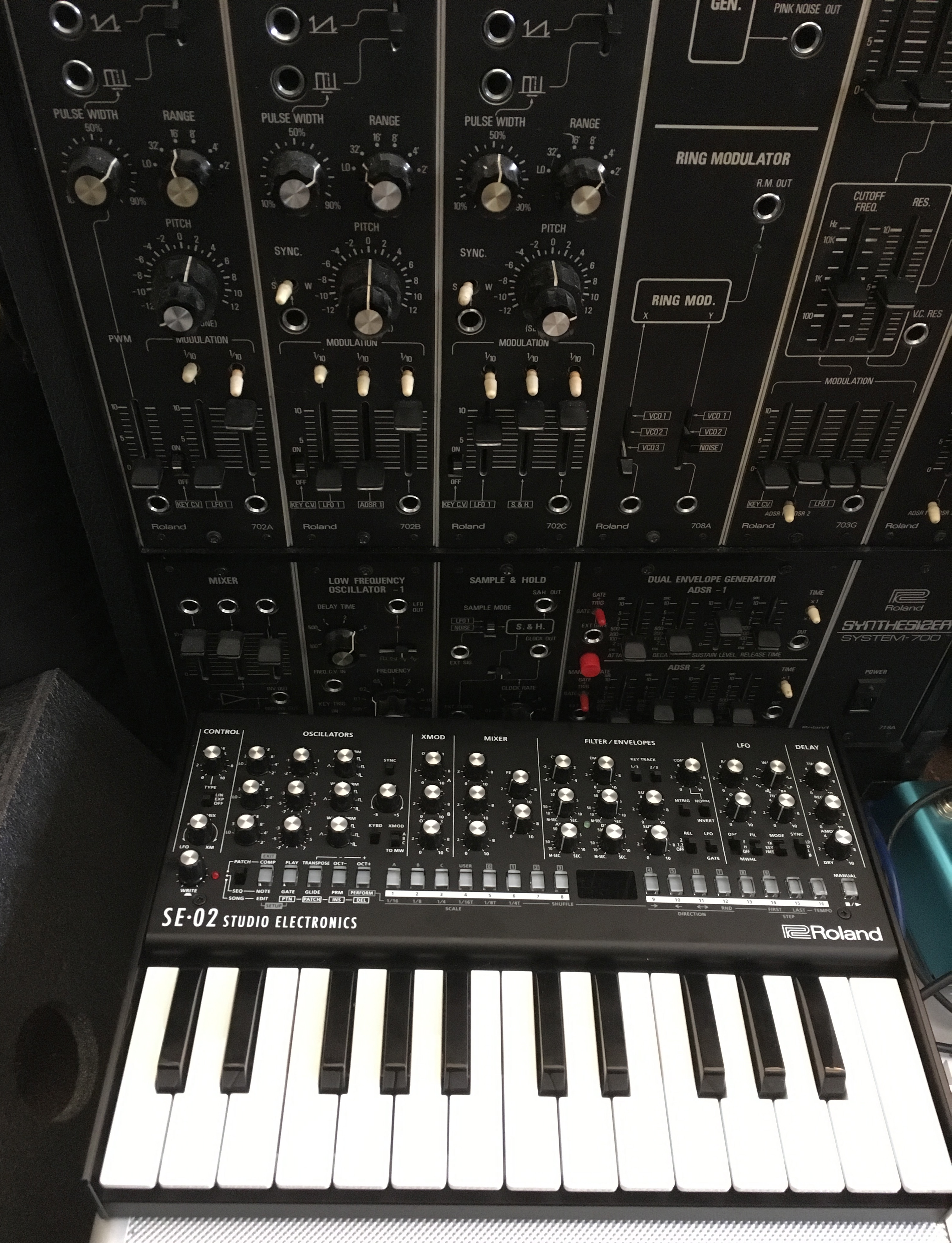
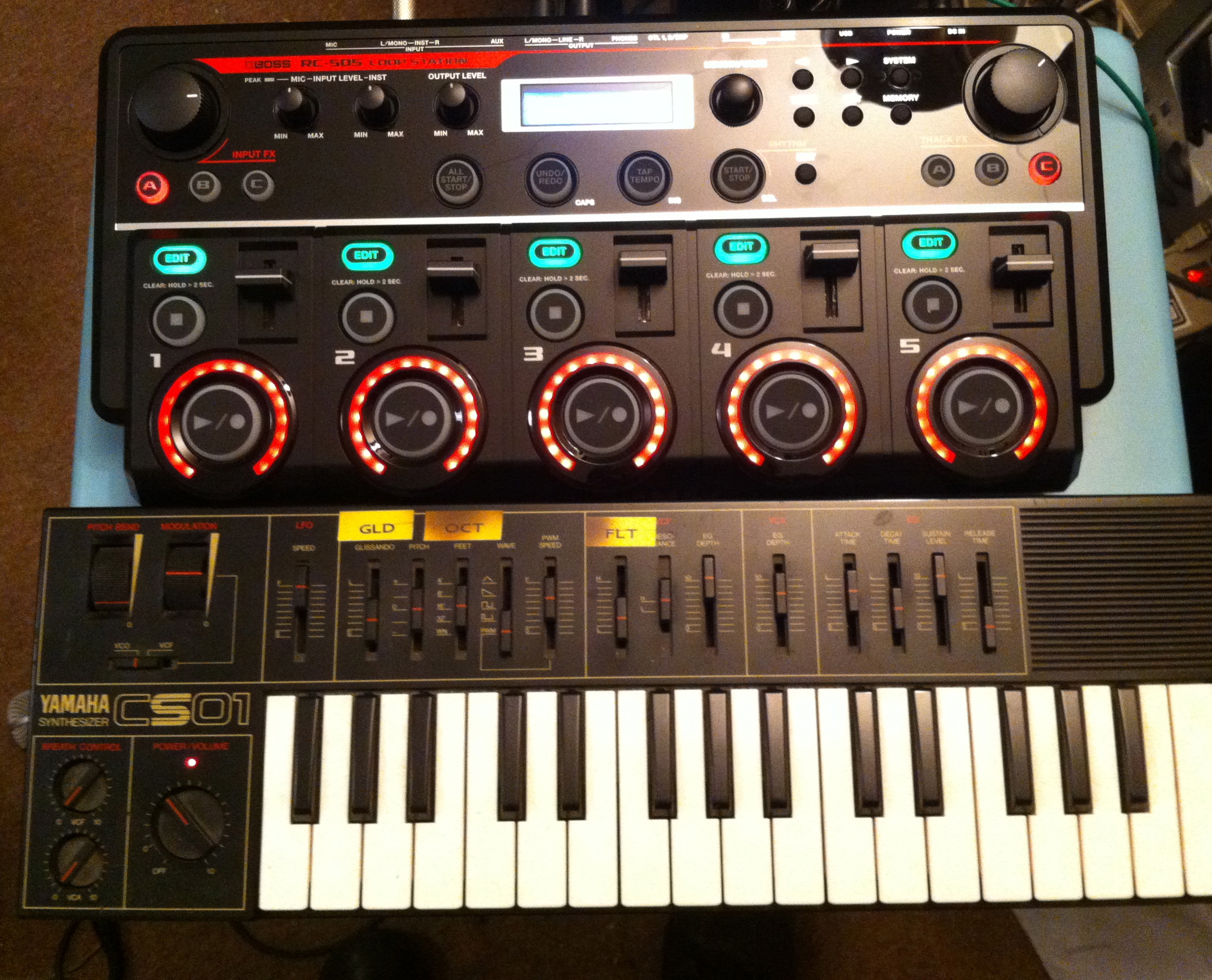
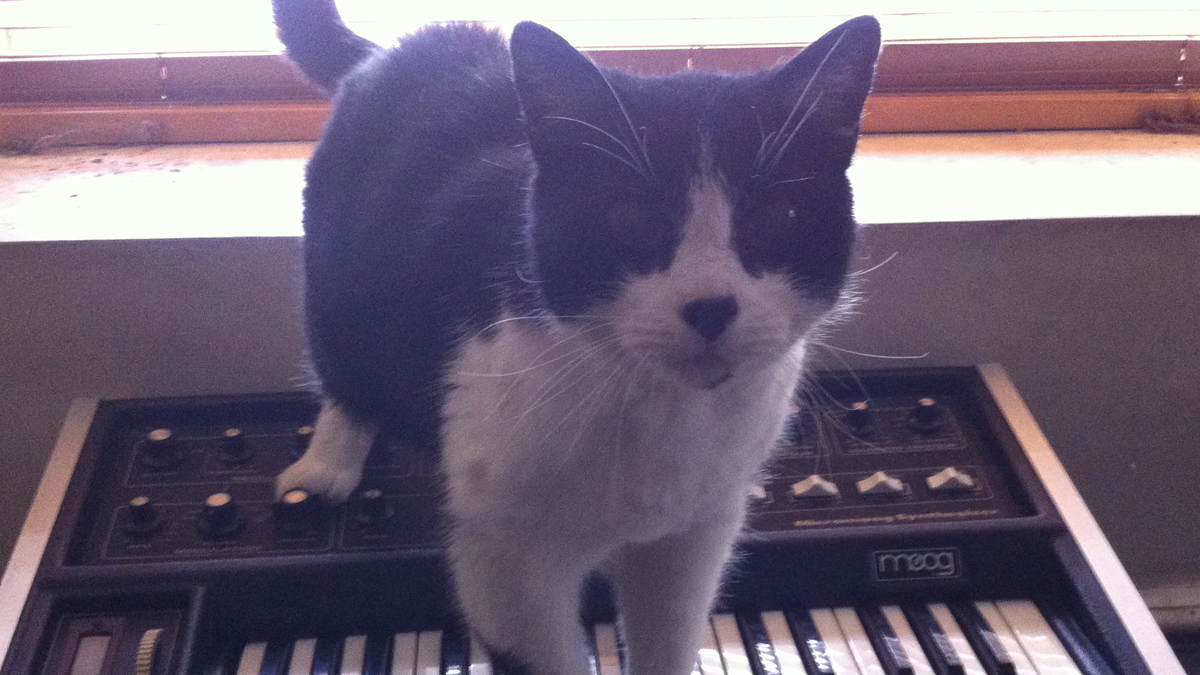
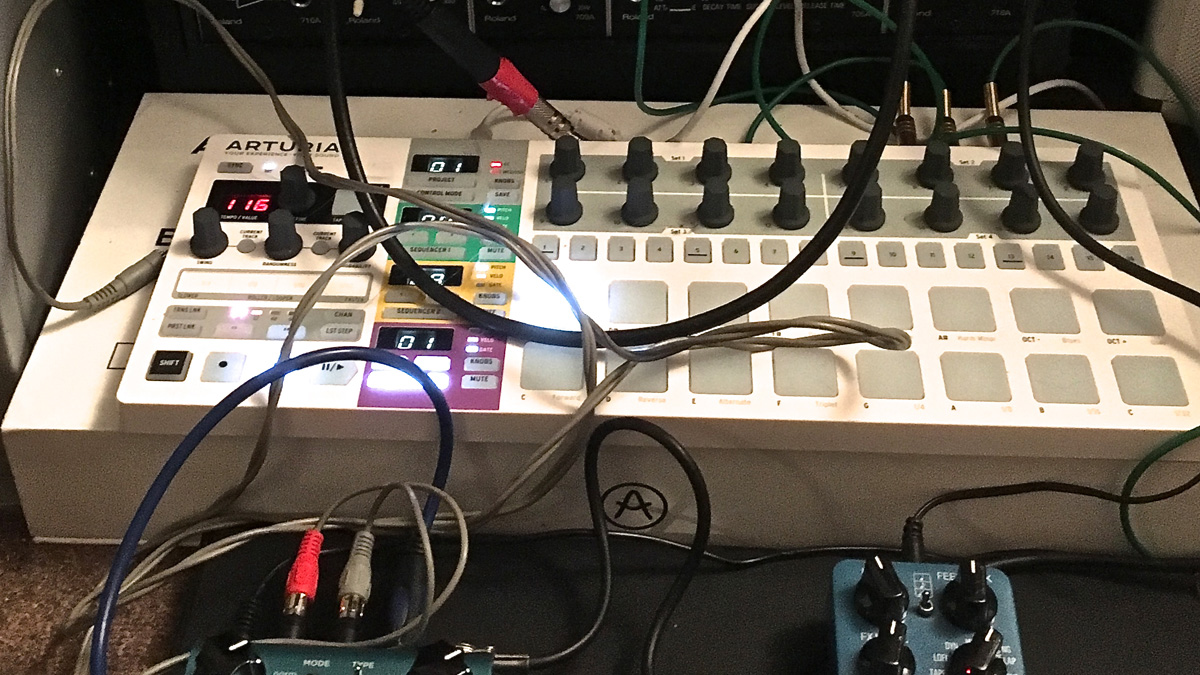
“Bear in mind that, back in 1981, we made Tin Drum with just two synths. And that was one synth each. David Sylvian would be on the Prophet-5 and I’d be on the OBX. That was it. You’d really find out what you could about that instrument, to get the most out of it.”
That being said, there is still one synth keystone that leaves Richard weak at the knees: “The only synth I’d still love to own is the Yamaha CS-80. I played one and it’s just the most beautiful thing, it’s so expressive. It would cost an absolute fortune to buy one, though. But that remains something really special. I use Arturia’s emulation of it in V Collection which is fantastic, though I’m sure real CS-80 owners can tell the difference.”
This raises a further question - is Barbieri sitting on a massive library of soft synths on his hard drive? “Not really, though I’ve nothing against them,” he shoots back. “I do use Reason’s Thor, Subtractor and Maelstrom quite a bit, as well as a few of those classic emulations in V Collection.
“When I play software emulations, I get quite convinced that there’s no difference at all. But when you actually go back and fire up an analogue synth, it just feels so different. There really is a difference”.
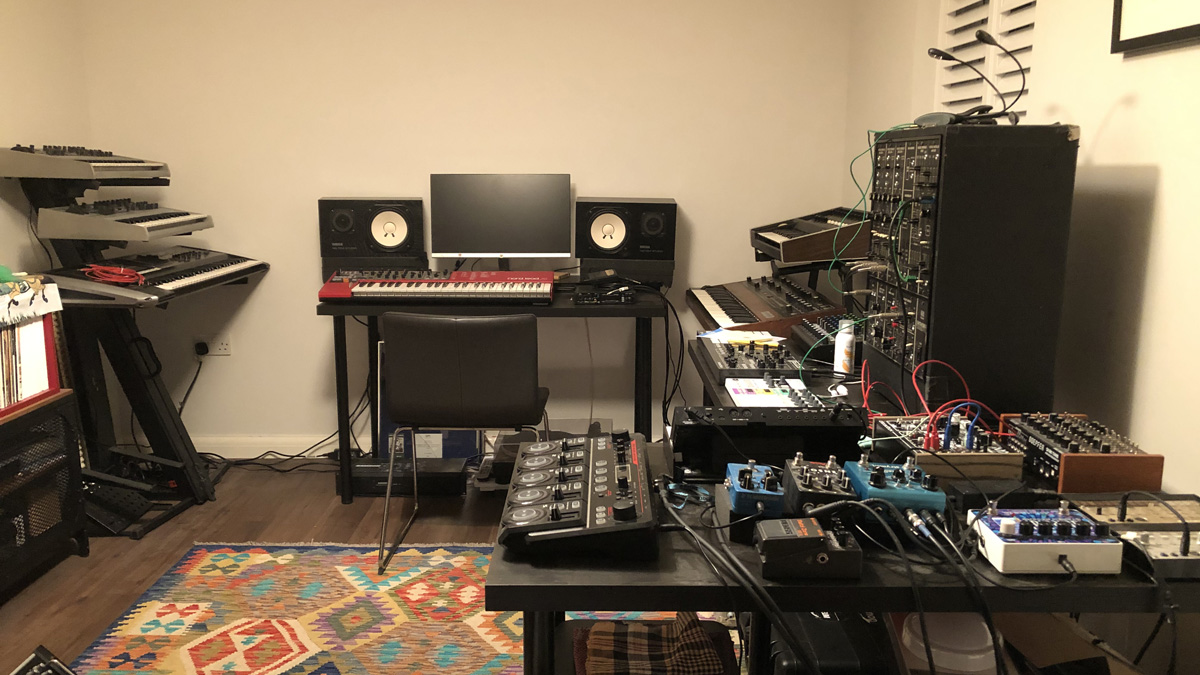
Over the course of Richard’s career, the music production landscape has changed dramatically, and reverence is rightly given to those veteran titans of synth design. To Barbieri, though, much of this veneration is purely doe-eyed hindsight.
“Back in Japan, we didn’t really realise that the synth was about to be so ubiquitous in pop. We’d actually evolved from being quite a guitar-based, new-wave kind of band. Then, with The Quiet Life, the synthesizers came through more. We also started using sequencers more and they became an important texture. But back then I didn’t really feel any passion for the instruments, like I do now. I wasn’t thinking ‘wow, this is a vintage synth!’ because they weren’t really back then. It was just the technology that we used. We didn’t have much awe for them. It’s quite funny, really, when you think how much has changed.”
Richard Barbieri’s Under A Spell is on sale 26th February on KSCOPE



I'm Andy, the Music-Making Ed here at MusicRadar. My work explores both the inner-workings of how music is made, and frequently digs into the history and development of popular music.
Previously the editor of Computer Music, my career has included editing MusicTech magazine and website and writing about music-making and listening for titles such as NME, Classic Pop, Audio Media International, Guitar.com and Uncut.
When I'm not writing about music, I'm making it. I release tracks under the name ALP.